The DRAstiC Project
Co‐financed by the European Union and Greek national funds through the Operational Program Competitiveness, Entrepreneurship and Innovation, under the call RESEARCH – CREATE - INNOVATE (project code:T2ΕΔΚ-00868).
Nanocoatings with pioneering properties.
High performing hull coatings.

Objective
The DRAstiC project aims to the acquisition of advanced knowledge and skills for the efficient development of innovative low drag coatings for the hulls of ships, vessels and speed crafts in an industrial environment.
The methodology and technology applied for the coating’s development will be unique, thus rendering DRAstiC state of the art. The hull paints will possess pioneering properties (high specific strength, low drag) and enhanced antifouling capacity, both in static and dynamic conditions, due to the innovative conception of a composite nanostructure, which will drastically suppress the effects of increased hull roughness.
Within the context of the project BFP Advanced Technologies has already filed 4 international patent applications.
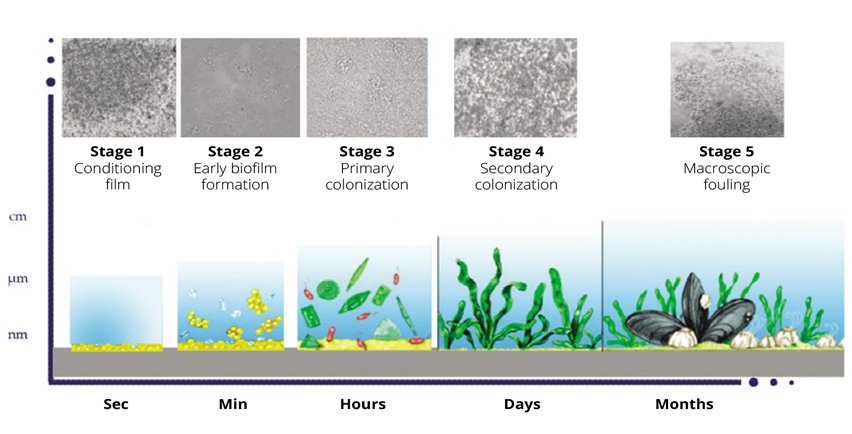
Υπoβαθρο
ΤModern commercial antifouling coatings aim at eliminating biofouling either by slowing its growth or by facilitating detachment of subaquatic organisms. In other words, they fight fouling when the latter is already there.
Through a pioneering approach, the DRAstiC project tackles the problem drastically, i.e. at its root, before the onset of early biofilm formation. The antifouling coatings developed within the DRAstiC project provide a three-dimensional electrically anisotropic matrix which reduce electrostatic forces between the hull’s surface and microorganisms. As a result, adsorption of macromolecules is eliminated.
The impact of the project is rather important. Being highly efficient and friendly to the underwater environment this new coating system may find multiple applications, such as boats and ships, off-shore structures and fish farms.
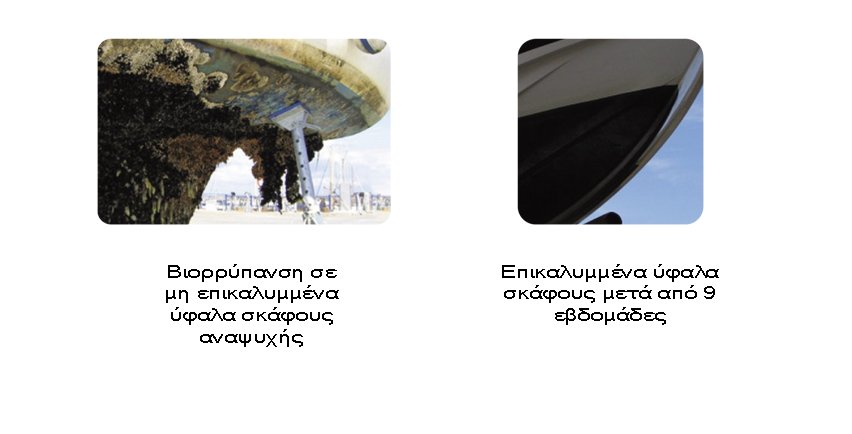
ΑEfficacy and specs
1. 1) Reduction of hydrodynamic resistance under simulated cruising conditions.
2. Reduction of static accumulation of underwater bacterial colonies by at least 15%.
3. Photocatalytic activity: Reduction of methylene blue concentration by more than 70%, under UV radiation.
4. Over 30% increase of tensile strength normal to the coating’ surface.
5. Electrical anisotropy: recorded difference in conductivity normal to and parallel to the coating’s surface of at least 50%.
6. Alignment of magnetic nanostructures by a weak field (mT).
7. Reduction of algae growth rate in the presence of sodium phosphate nutrients.
The direct benefits of the project will be:
Convenient technology integration by the industry.
Energy savings with a reduced environmental footprint.
Development of a large variety of high-added value products.

Μode of action
The coating’s innovative core-shell nanostructure is based on a water-soluble resin, comprising a graphene oxide grid and electrically conductive nanorods which are magnetically aligned normal to the grid. The antifouling efficiency of the coating is further enhanced by the synergistic action of photocatalytically-active titania nanoparticles.
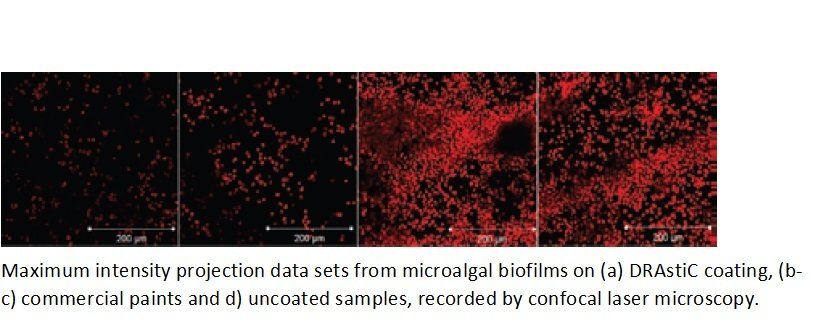
Real-field results
Performance evaluation through bifocal microscopy and visual inspection of coated steel samples after 9 weeks of immersion in natural seawater.
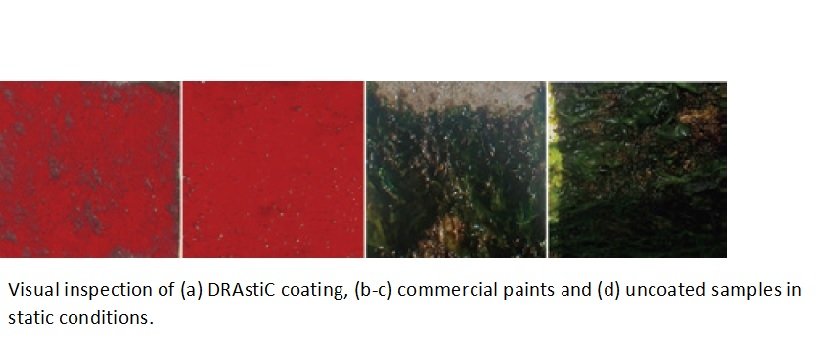
Antifouling performance is enhanced due to the coating’s 3-D electrical anisotropy and synergistic antimicrobial effects among the embedded components.
PUBLICATIONS IN PEER-REVIEWED JOURNALS/CONFERENCES
1. “Microstructure and Performance of Antibiofouling Coatings on High-Strength Steel Substrates Immersed in the Marine Environment”, P. Falara, N.D. Papadopoulos and P. Vourna, Micro, 2, 2, 2022.
2.“Morphology and Magnetic Properties of Rapidly Quenched Fe-B Alloys”, N. Konstantinidis, A. Fos, P. Svec, N.D. Papadopoulos, P. Vourna, E. Hristoforou, Journal of Magnetism and Magnetic Materials, 564, 1, 2022.
3. “A Modern Approach Towards Efficient Antifouling Coating Technologies”, N.D. Papadopoulos et.al., Nanotechnology and Advanced Materials Science, 6, 2, 2023.
4. “Temperature effects on grain growth phenomena and magnetic properties of silicon steels used in marine applications”, P. Vourna, N.D. Papadopoulos, N. Stefanakis, S. Xafakis and E. Hristoforou, Annals of Marine Science, 7, 1, 2023.
5. “Low drag antifouling coatings with enhanced protection against corrosion”, P. Vourna, P. Falara and N.D. Papadopoulos, Athens Conference on Advances in Chemistry, 2022.
6. “Fur-like Phenomena Triggered by Anisotropic Magnetic Moieties of Multifunctional Antifouling Coatings”, P. Vourna, N.D. Papadopoulos, P. Falara and E. Hristoforou, XII European Magnetic Sensors and Actuators Conference (EMSA 2022).
7. “Annealing phenomena in Marine Engineering Steels”, P. Vourna, N.D. Papadopoulos, P. Falara, E. Hristoforou, submitted to Journal of Magnetism and Magnetic Materials.
8. P. Vourna, N.D. Papadopoulos, K. Argyris, P. Falara, E. Hristoforou, Magnetic Evaluation of Bauschinger Effect in Marine Engineering Steels, 2023, 139:102933. https://doi.org/10.1016/j.ndteint.2023.102933.
9. “Corrosion and fouling study of a new biocide- free antifouling coating on marine engineering alloy”, P. Vourna, N.D. Papadopoulos, P. Falara, E. Hristoforou, submitted to Journal of Materials Engineering and Performance.
10. “Fur-like phenomena triggered by anisotropic magnetic moieties of multifunctional antifouling coatings”, P. Vourna, N.D. Papadopoulos, P. Falara, E. Hristoforou, submitted to Journal of Materials Science.
11. “Evaluation of magnetic anisotropy in a coated marine engineering alloy”, P. Vourna, N.D. Papadopoulos, P. Falara, E. Hristoforou, submitted to NDT and E International.
12. Nikolaos D. Papadopoulos, Polyxeni Vourna, Pinelopi P. Falara, Panagiota Koutsaftiki, Sotirios Xafakis. Dual-function coatings to protect absorbent surfaces from fouling[J]. AIMS Materials Science, 2023, 10(6): 981-1003. doi: 10.3934/matersci.2023053

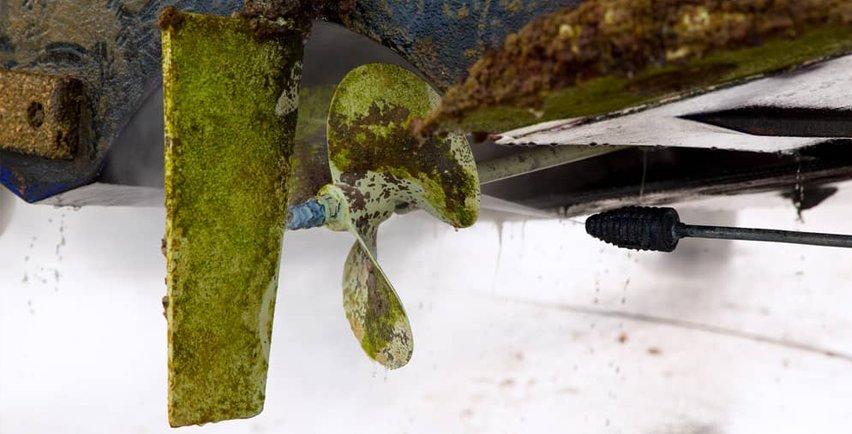
Project Information
Co-financed by the European Union and Greek national funds, through the Operational Program Competitiveness, Entrepreneurship and Innovation, under the call "RESEARCH - CREATE - INNOVATE" (Project code: T2EDK-00868).
Progress
Project starts
1 June 2020
The program has been approved for funding and is ongoing.
Development - Optimization. Prototyping - Testing - Final Optimization.
1 September 2020
Start of the second Work Package (WP2).
Literature review and specification analysis
30 September 2020
The analysis of the requirements and definition of the specified synthesis of the antifouling paint was completed, according to the tometable schedule.
Participation in the international trade fair of Poseidonia 2022.
6 June 2022 - 10 June 2022
Participation in the Posidonia 2022 International Maritime Exhibition held at the Metropolitan Expo.
Participation in the international conference Athens Conference on Advances in Chemistry 2022 (acac2022).
26 June 2022 - 1 July 2022
Participation in the international conference Athens Conference on Advances in Chemistry 2022 (acac2022) held at the Department of Chemistry at National and Kapodistrian University of Athens (NKUA).
Participation in the international conference XIII European Magnetic Sensors and Actuators Conference (EMSA 2022).
5 July 2022 - 8 July 2022
Participation in the international conference XIII European Magnetic Sensors and Actuators Conference (EMSA 2022) n the Faculty of Physics of the Complutense University (Madrid).
Partners
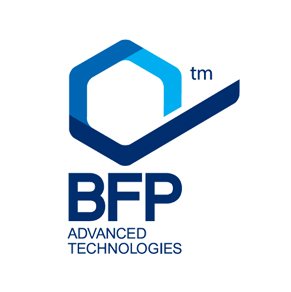
BFP Advanced Technologies, a company specializing in specialty materials and functional coatings is the sole coordinator of the project.
Founded in 2013 and located in Athens, Greece, the company has won many awards and distinctions. It has patented a highly diversified portfolio of advanced materials and hydrophobic coatings for glass substrates. BFP produces the market leader NanoSkinTM, AutoSkinTM, MarineCoatTM and SolarSkinTM coating series.
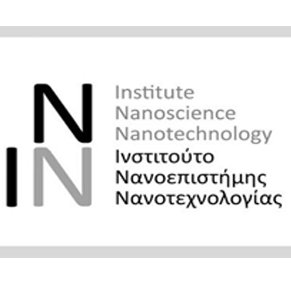
The Institute of Nanoscience and Nanotechnology (INN) is one of the leading research institutes in Greece with cutting edge activities very much aligned with most of the Horizon 2020 R&D priorities and Europe’s Key Enabling Technologies (KETs), such as Advanced Materials, Nanotechnology, Micro&Nanoelectronics, Nanobiotechnology, and Photonics. The skilled human capital and creative capacity of the institute supported by a- unique in Greece- collective infrastructure provide a distinctive ecosystem for fostering and promoting world-class basic and applied research. Strong ties with the industry and numerous SMEs further assist the institute’s effort to transform the knowledge generated into innovations and to transfer them to the market.

The Laboratory of Electronic Sensors has been established in 1998. It is part of the School of Electrical and Computer Engineering, National TU of Athens, as well as to the Institute of Computer and Communication Systems.
News

The opening meeting for the implementation of the DRAstiC project took place.

The first management meeting for the implementation of the DRAstiC project took place.

Announcement for a Chemical Engineer position, in order to work at BFP Advanced Technologies as a Researcher in the following actions: "Development of prototypes-tests-optimization, development of a test production line, tests-certifications, participation in trade fairs, participation in the preparation of the feasibility study, for the implementation of the DRAstiC project.

Announcement for a Technician - Electrician position in order to work at BFP Advanced Technologies as a Researcher in the development of a test production line, for the implementation of the DRAstiC project.

Announcement for a position of Economist specialized in marketing with the aim of disseminating/promoting the results of the project, in the context of the following actions: Development of prototypes-Tests-Optimization, Development of test production line, Tests/Certifications-Intellectual property registration, Participation in trade fairs, Feasibility study for the implementation of the DRAstiC project.

Announcement for a Business Consultant position for the purpose of preparing and conducting the feasibility study for the implementation of the DRAstiC project.
